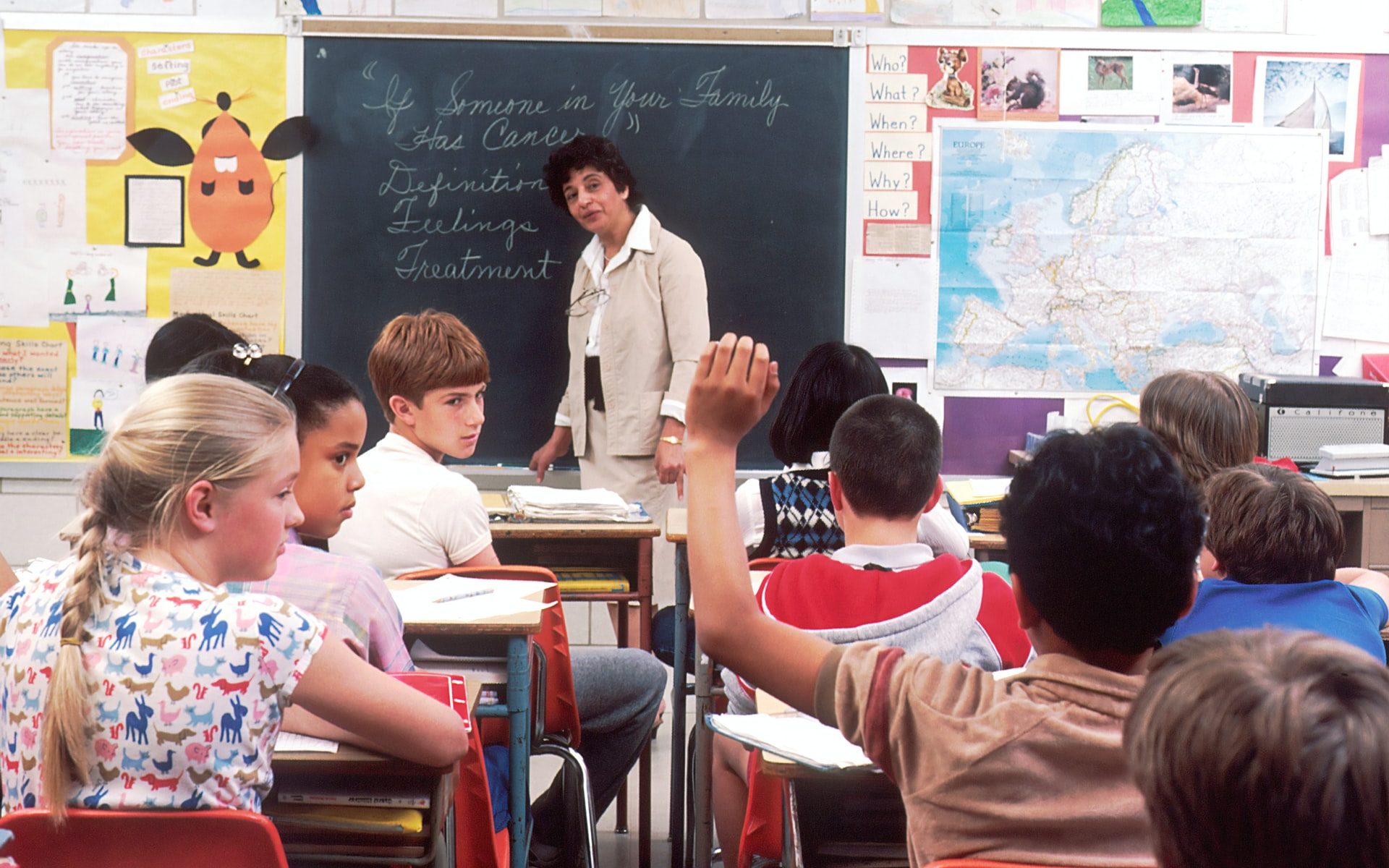Are you looking for genius tricks for getting students to participate in learning activities? If so, keep reading.
1. Do not embarrass the learner by giving them orders, requirements, etc., in front of others.
2. Make positive remarks about participating in school and special activities.
3. Do not force the learner to interact with others.
4. Go with the learner or have someone else escort the learner to those learning activities in which they may not want to participate. Slowly decrease the duration of time you or someone else stays with the learner.
5. Take into account those learning activities the learner avoids. If something unpleasant is causing the learner not to participate, try to modify the situation.
6. Praise other students in the classroom for participating in group learning activities or special activities.
7. Select a peer to sit/work directly with the learner (e.g., in various settings or learning activities such as art, music, P.E., tutoring, group projects, recess, etc.). On occasions where the learner has become comfortable working with one other learner, slowly increase the size of the group.
8. Assess the appropriateness of the task to determine (a) if the task is too easy, (b) if the task is too complicated, and (c) if the duration of time scheduled to finish the task is sufficient.
9. Communicate with parents (e.g., notes home, phone calls, etc.) to disseminate information about the learner’s progress. The parents may reinforce the learner at home for participating in classroom learning activities or special activities at school.
10. Draft an agreement with the learner stipulating what behavior is required (e.g., taking part in classroom learning activities ) and which reinforcement will be implemented when the agreement has been met.
11. Provide the learner the chance to pick a topic or learning experience for the group to work on together.
12. Talk with the learner to explain(a) what the learner is doing wrong (e.g., failing to participate) and (b) what the learner should be doing (e.g., talking, taking turns, playing, sharing, etc.).
13. Praise the learner for participating in group learning activities or special activities: (a) give the learner a concrete reward (e.g., privileges such as leading the line, handing out learning materials, 10 minutes of free time, etc.) or (b) give the learner an informal reward (e.g., praise, handshake, smile, etc.).
14. Create classroom rules: • Complete every assignment. • Complete assignments quietly. • Remain in your seat. • Finish tasks. • Meet task expectations. Examine rules often. Praise students for following the rules.
15. Give the learner the chance to select a cooperative learning experience and the group members (e.g., along with the teacher, decide what the learning experience will be, and decide what individual group members will do, etc.).
16. Get the learner to take part in learning activities that require minimal participation. As they become more comfortable, slowly increase the learner’s participation.
17. Consider using a classroom management app. Click here to view a list of apps that we recommend.
18. Consider using an adaptive behavior management app. Click here to view a list of apps that we recommend.
19. Consider using Alexa to help the student learn to behave appropriately. Click here to read an article that we wrote on the subject.
20. Click here to learn about six bonus strategies for challenging problem behaviors and mastering classroom management.








